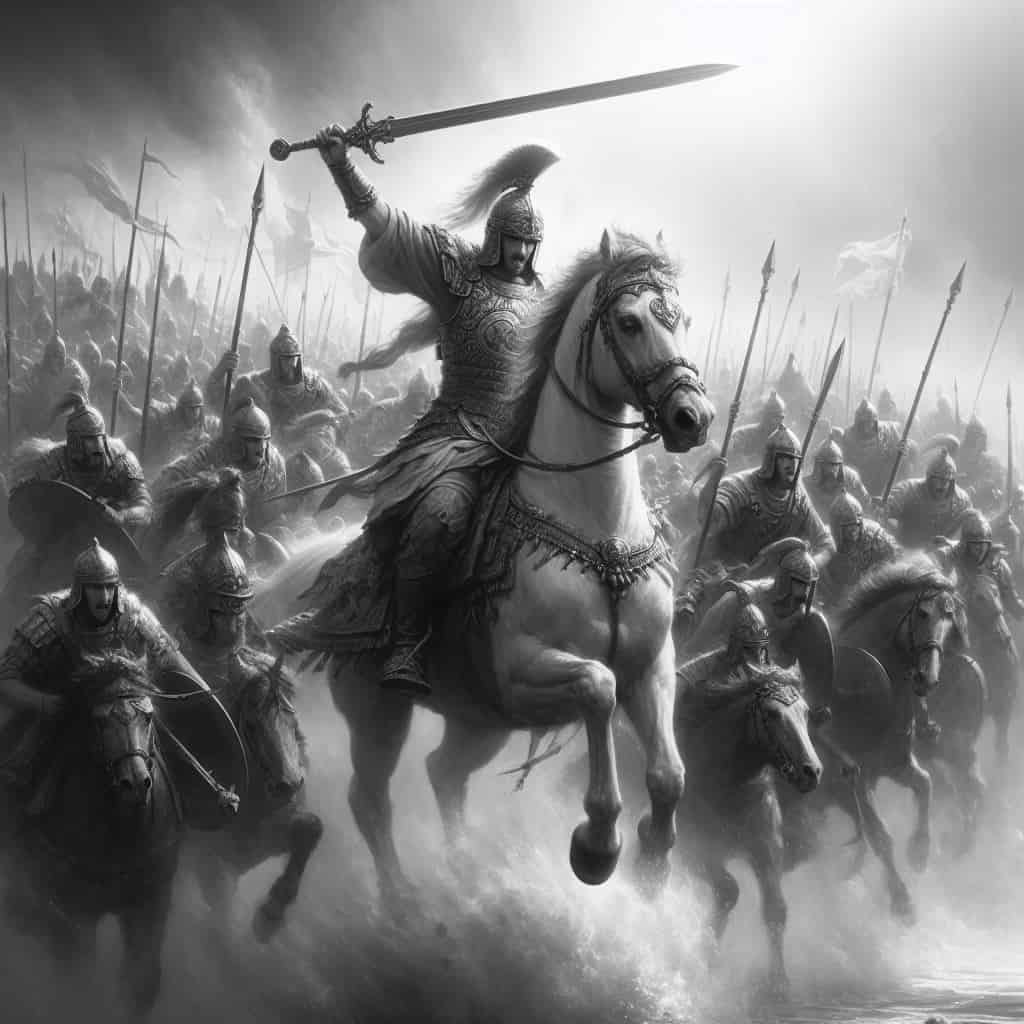
Alexander
The Great
Alexander the Great, a name that echoes through the annals of history as one of the greatest military minds the world has ever seen. His conquests, marked by a series of legendary battles, carved an empire that stretched from Greece to Egypt and into the heart of Persia.
the most famous battles that defined the legacy of Alexander the Great
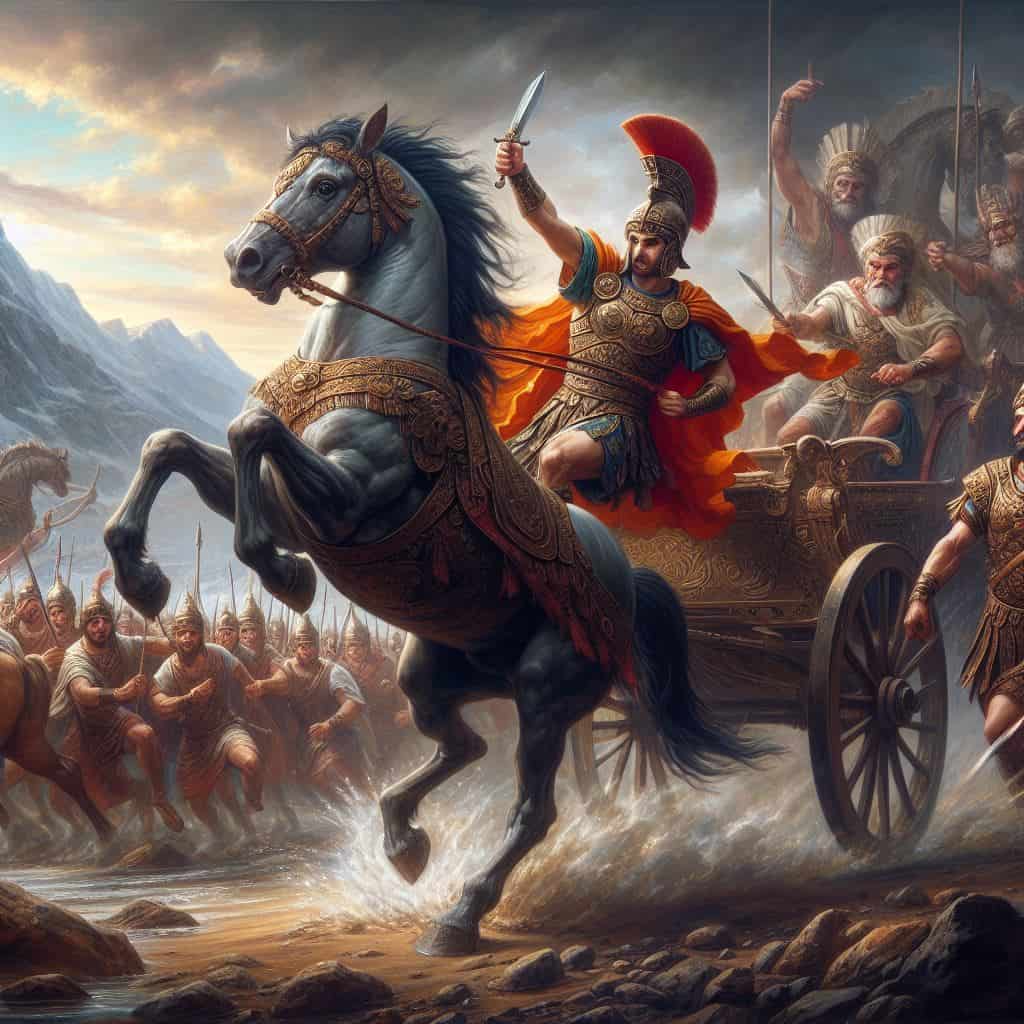
Battle of Gaugamel
This battle marked the culmination of Alexander's conquest of the Persian Empire and solidified his status as a legendary military strategist.
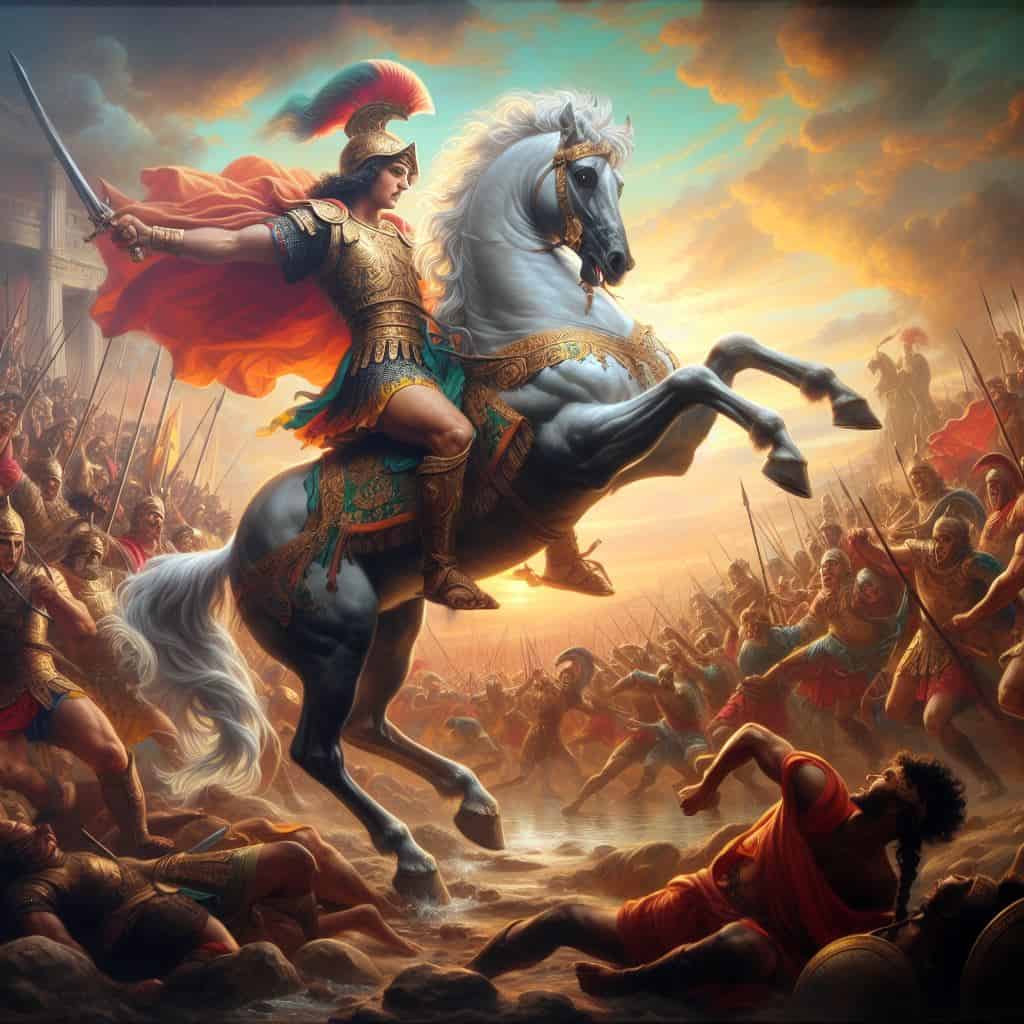
Battle of Issus
The defeat of Darius III at Issus was a turning point in Alexander's campaign, showcasing his tactical brilliance and establishing his dominance in the eastern Mediterranean.
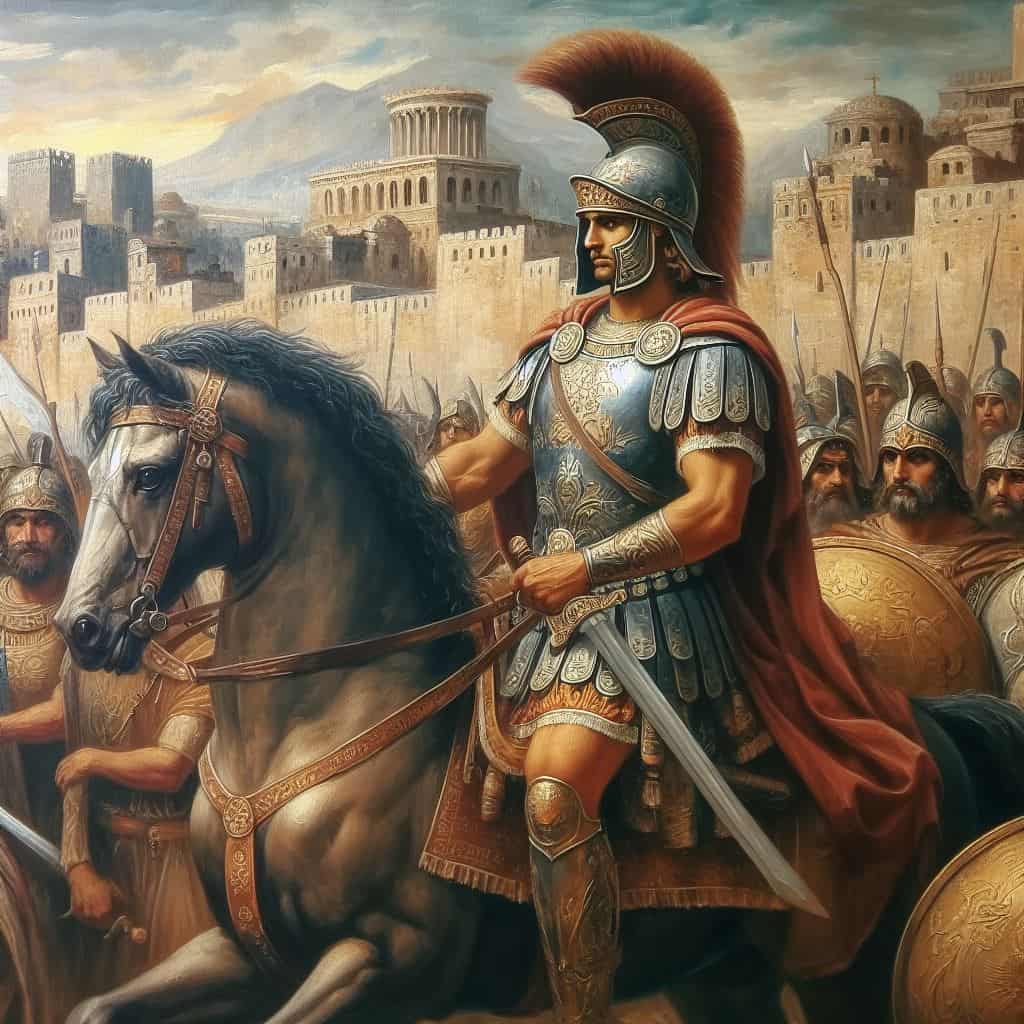
Siege of Tyre
The successful capture of the island city of Tyre demonstrated Alexander's determination and ability to adapt his strategies to different types of warfare.

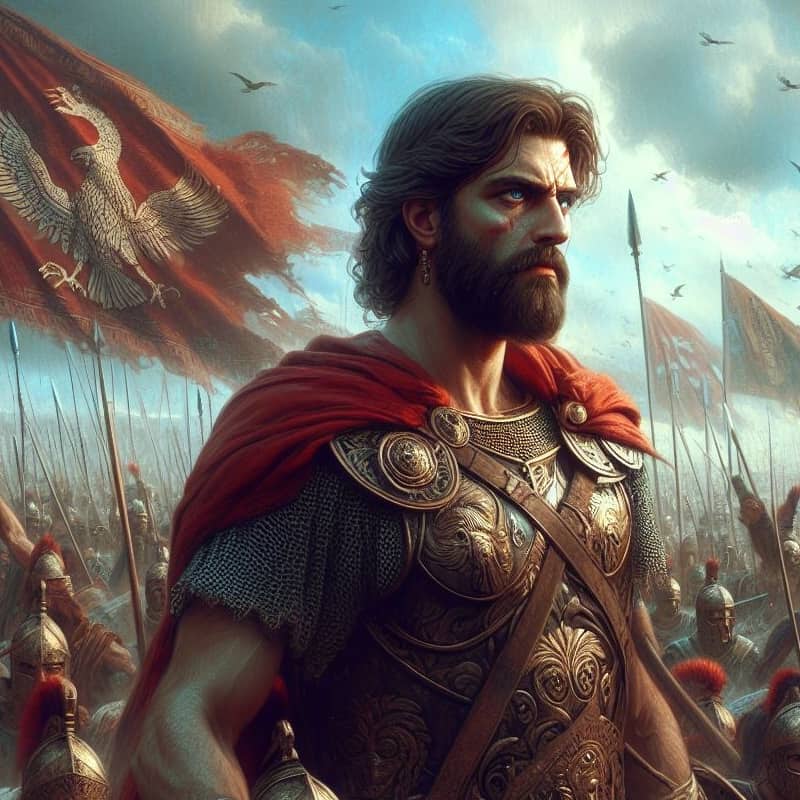
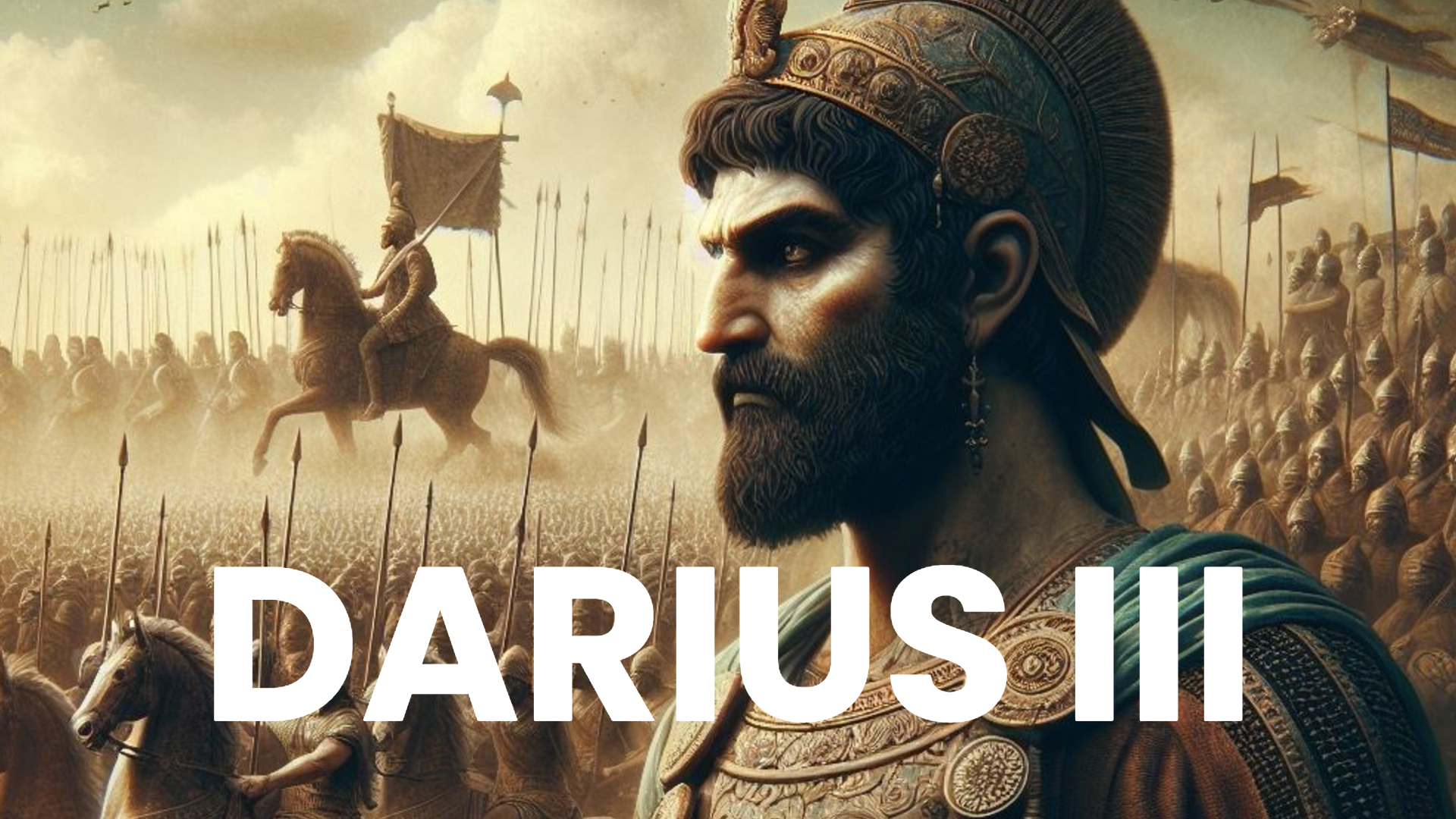
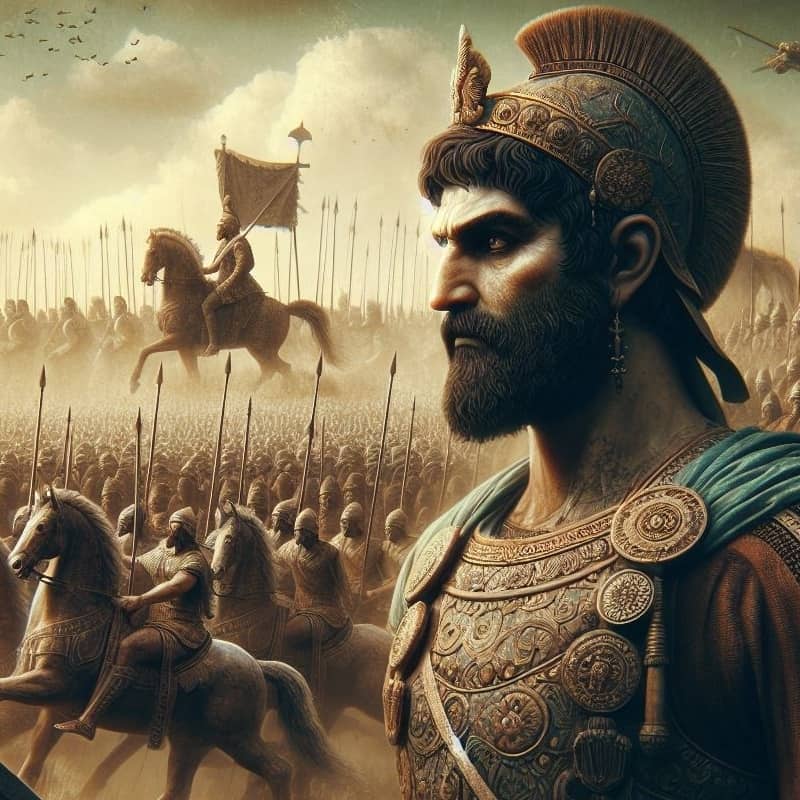
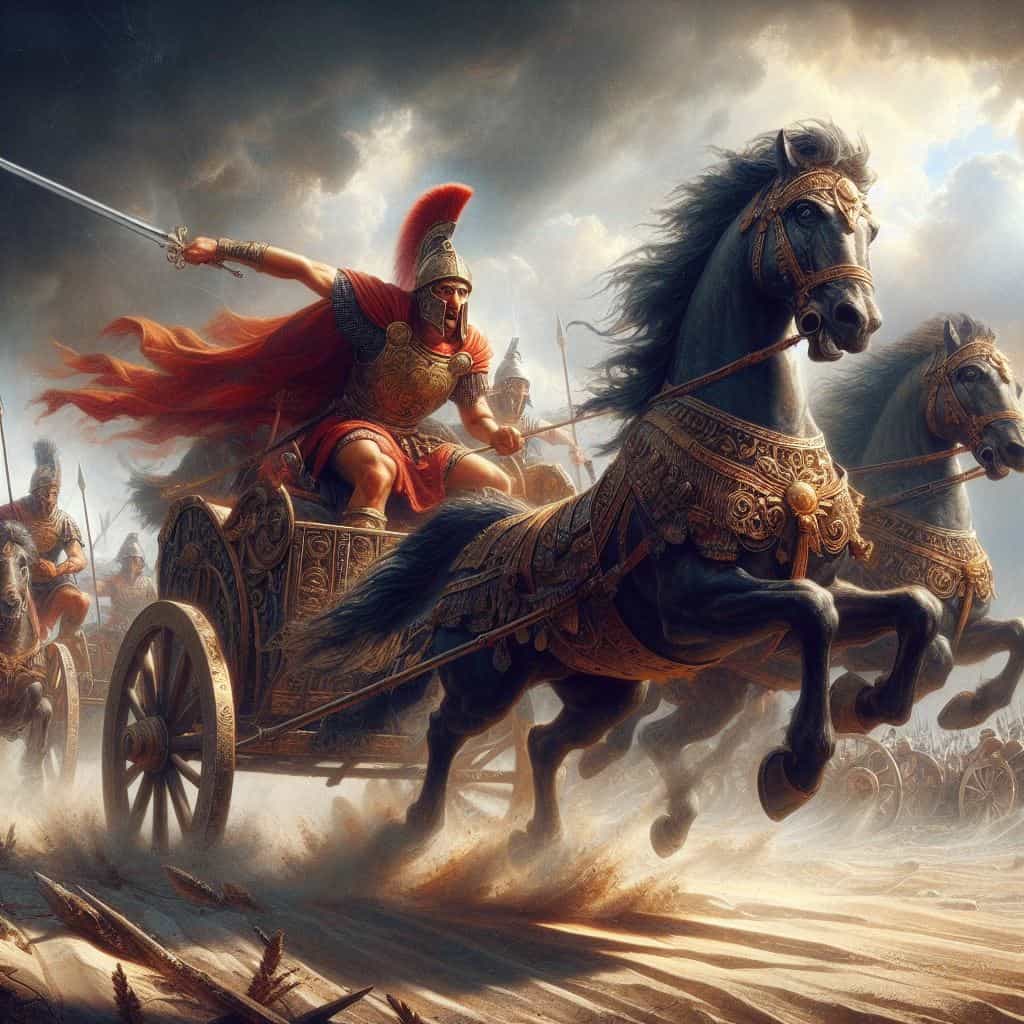
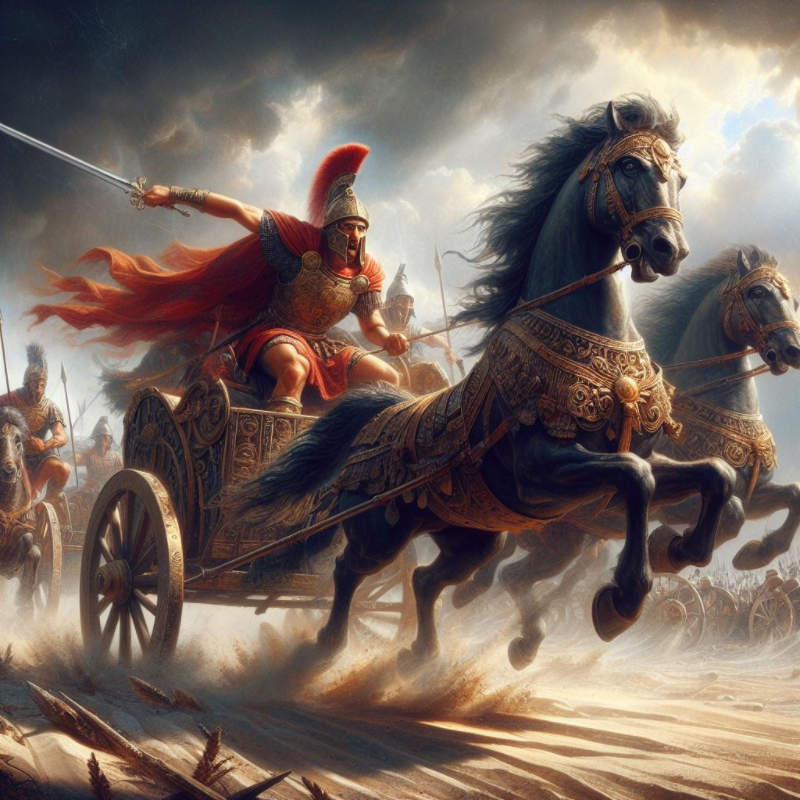
Battle of Gaugamela
The Battle of Gaugamela, fought in 331 BC, stands as one of the most famous and decisive engagements in the military career of Alexander the Great. Positioned near the town of Gaugamela (modern-day northern Iraq), this confrontation marked the culmination of Alexander's relentless pursuit to conquer the vast Persian Empire and solidified his reputation as a legendary military strategist.
The stage was set for an epic clash between Alexander's Macedonian army and the Persian forces led by Darius III. Darius, recognizing the strategic significance of the plain near Gaugamela, had chosen this battleground carefully. The Persian forces vastly outnumbered the Macedonians, making this encounter a monumental test for Alexander.
As the battle unfolded, Alexander employed a masterful combination of strategy and tactics. Understanding the Persian advantage in numbers, he devised a plan to neutralize Darius's forces. He positioned his troops with precision, creating a well-balanced formation that could withstand the Persian chariots and cavalry charges.
The key to Alexander's success lay in his innovative tactics. He initiated the battle by launching a swift and aggressive attack, catching the Persian forces off guard. The Companion Cavalry, led by Alexander himself, executed a daring and strategic move, targeting Darius directly. This maneuver not only disrupted the Persian command but also instilled panic among the enemy ranks.
A pivotal moment in the battle came when Darius, fearing capture, fled the field. The Persian army, deprived of leadership and coordination, descended into chaos. Meanwhile, Alexander, maintaining control of his forces, continued to press the advantage. The Macedonian Phalanx, with its disciplined infantry, engaged the Persian troops, while the Companion Cavalry executed flanking maneuvers to further disorient the enemy.
The Battle of Gaugamela culminated in a decisive victory for Alexander. Darius's retreat and the collapse of Persian resistance marked the end of the Achaemenid Empire's dominance. Alexander's triumph at Gaugamela showcased not only his military prowess but also his ability to adapt and innovate in the heat of battle.






Battle of Issus
The Battle of Issus, fought in 333 BC, stands as a pivotal moment in Alexander the Great's campaign to conquer the Persian Empire. This clash between Alexander's Macedonian forces and the Persian army led by Darius III unfolded near the town of Issus in present-day Turkey. The defeat of Darius at Issus marked a turning point in Alexander's conquest, showcasing his tactical brilliance and firmly establishing his dominance in the eastern Mediterranean.
The stage was set for conflict as the two armies faced off. Darius III, seeking to capitalize on the geography of the region, deployed his forces in a narrow strip of land between the Mediterranean Sea and the Amarkus Mountains. This limited space hindered the Persian advantage in numbers, giving Alexander an opportunity to exploit the situation.
Alexander recognized the strategic significance of the Persian deployment. Employing a bold and innovative tactic, he ordered his forces to execute a flanking maneuver. The Macedonians attacked the Persian left wing with a precision that caught Darius off guard. This maneuver not only disrupted the Persian formation but also placed the Macedonians in a favorable position to control the battlefield.
A key element of Alexander's strategy was the use of his elite Companion Cavalry. Led by Alexander himself, the cavalry charged into the heart of the Persian army, aiming directly at Darius. This audacious move created chaos in the Persian ranks and heightened the psychological impact of the battle.
In the midst of the chaos, Darius attempted to escape the battlefield, recognizing the perilous situation. However, his flight proved unsuccessful as the Macedonian cavalry maintained relentless pursuit. Darius narrowly escaped capture, leaving his army without effective leadership.
The absence of Darius had a profound effect on the Persian forces. The lack of central command and the relentless Macedonian assaults led to the disintegration of the Persian army. The Macedonian phalanx, exploiting gaps in the Persian lines, pressed forward with determined momentum.
The Battle of Issus concluded with a resounding victory for Alexander. Darius fled the scene, leaving behind not only his camp but also his family, which fell into Alexander's hands. The defeat at Issus shattered the myth of Persian invincibility, and Alexander's triumph established him as a formidable military commander in the eyes of both his allies and adversaries.






The Siege of Tyre
The Siege of Tyre in 332 BC stands out as a testament to Alexander the Great's determination, strategic versatility, and adaptability in the face of challenging warfare. This maritime conflict was a pivotal episode in Alexander's conquest of the Persian Empire, illustrating his capacity to overcome obstacles and demonstrating the resourcefulness that would characterize his military campaigns.
Tyre, an island city located off the coast of present-day Lebanon, possessed considerable strategic importance. Known for its formidable defenses and maritime strength, Tyre was a key naval power in the region. Alexander recognized that gaining control of Tyre was crucial to securing his hold over the eastern Mediterranean.
Before resorting to military action, Alexander sought to diplomatically secure Tyre's allegiance. However, the Tyrians, loyal to the Persian Empire, defiantly rejected Alexander's overtures. This led to the decision to besiege the city, which proved to be a formidable undertaking given its insular location.
The geographical challenge of Tyre being an island necessitated innovative strategies. Undeterred, Alexander adapted his tactics to conquer this maritime stronghold. He initiated the construction of a causeway, or mole, connecting the mainland to the island. This monumental undertaking involved overcoming natural obstacles, such as the underwater debris from the old city, and enduring constant attacks from Tyrian defenders.
The Tyrians fiercely resisted the Macedonian efforts, utilizing their naval power and launching counterattacks. The city's formidable fortifications posed a significant challenge to Alexander's forces, requiring the adaptation of siege engines and naval tactics to breach the defensive walls.
Despite facing numerous challenges, Alexander's determination prevailed. The causeway steadily advanced, allowing his forces to inch closer to the island. The completion of the causeway was a turning point in the siege, as it provided a direct route for Alexander's forces to breach Tyre's defenses.
With the causeway completed, Alexander launched a final assault on Tyre. His forces, both on land and sea, overwhelmed the Tyrian defenses. The city, once thought impregnable, succumbed to the relentless pressure from Alexander's army.